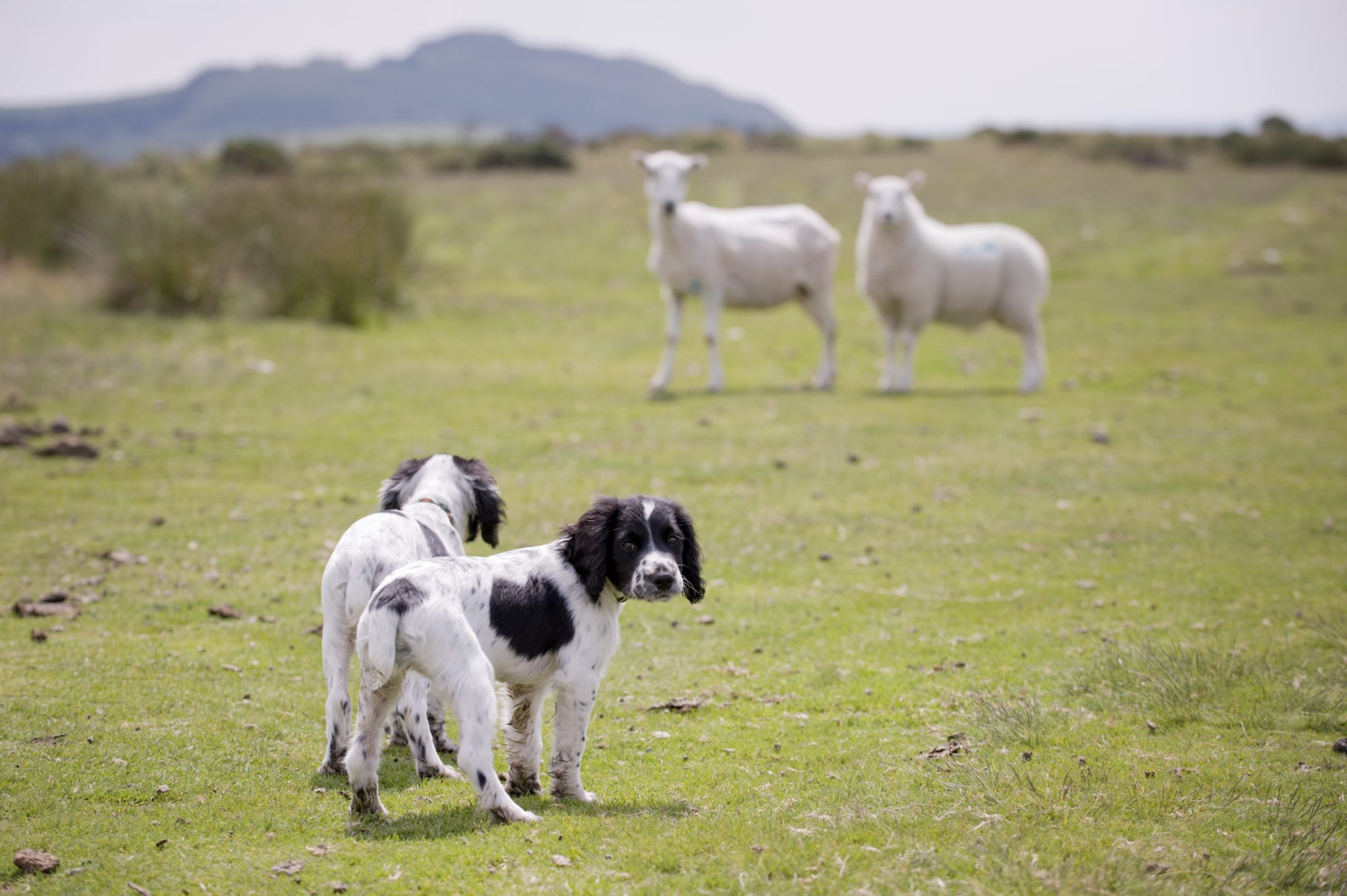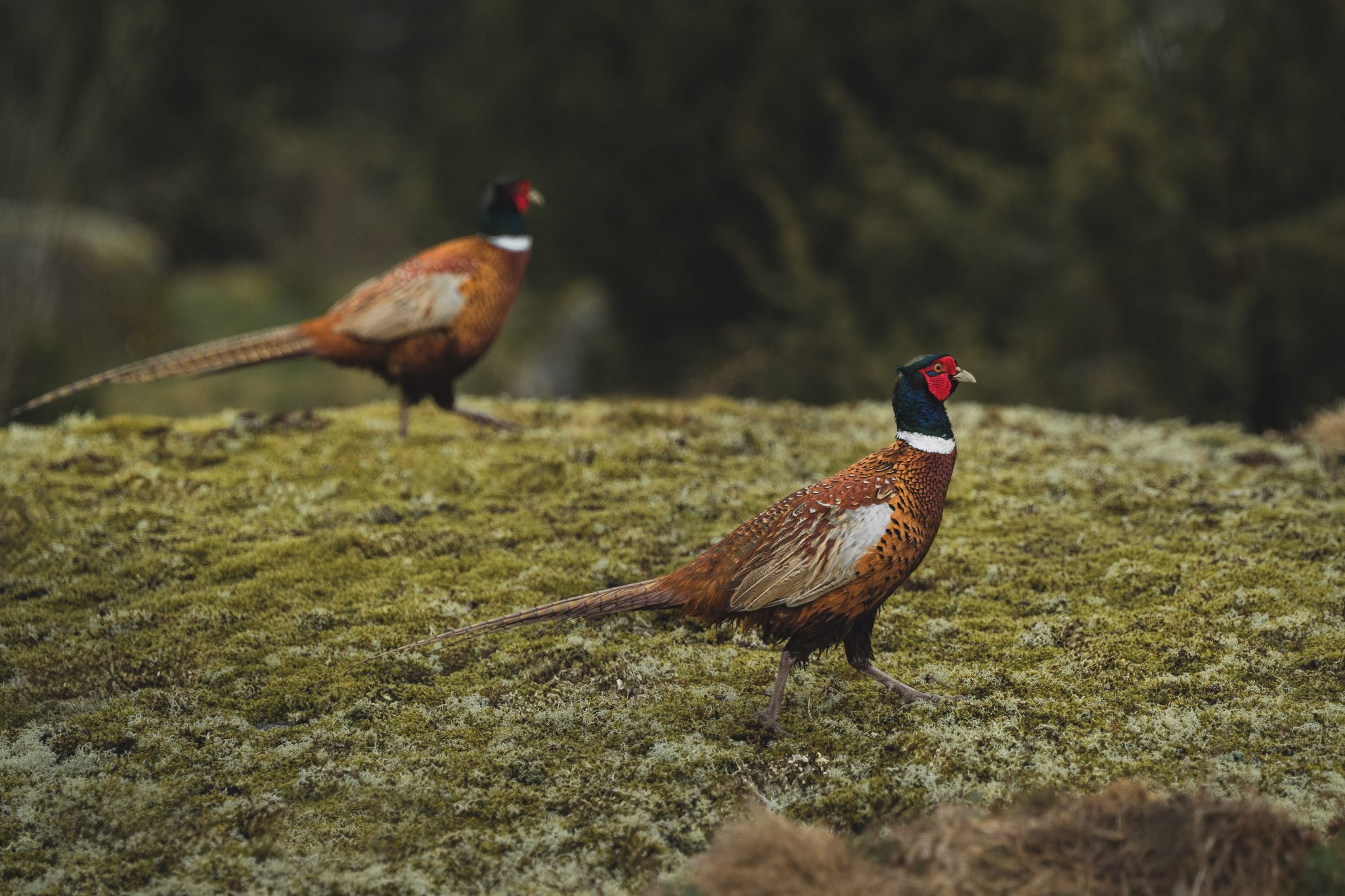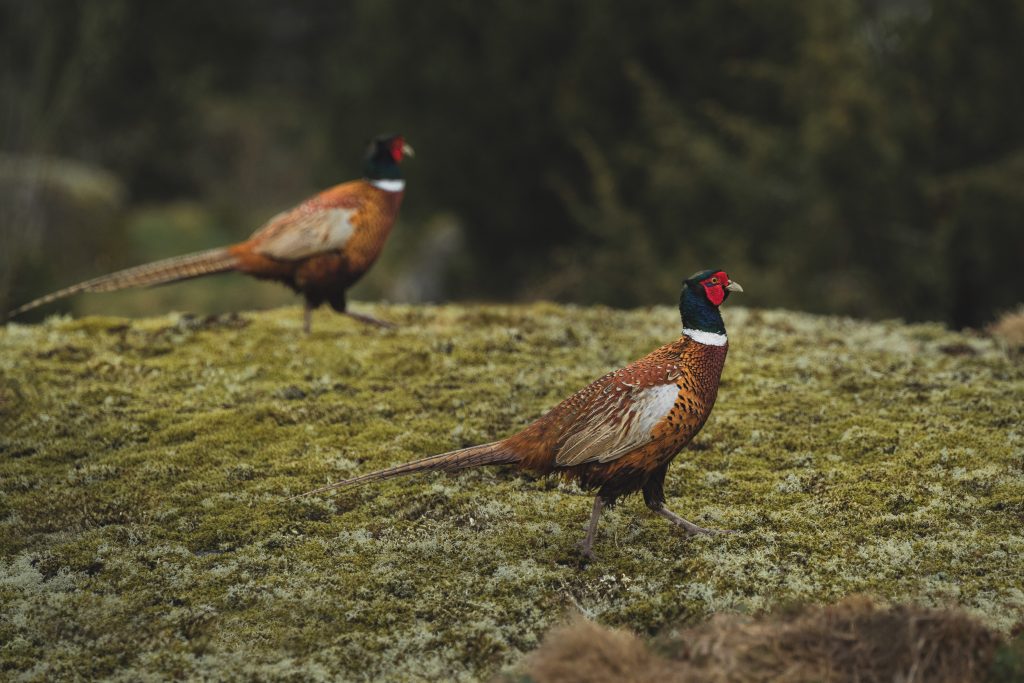Win CENS ProFlex DX5 earplugs worth £1,149 – enter here
Controlling pests with poison
With ever-changing laws and strict guidelines on usage, it can be confusing for keepers when using poisons for the control of rodents and other pests, says Mike Swan
Most Shooting Times readers will have noticed the proliferation of rats in the countryside. Last autumns plague has been followed by a pretty mild winter and the rats are all about us. There is also growing evidence that a wide range of wildlife carries anti-coagulant residues as a consequence of picking up either contaminated carcases or bait intended for rats. Much of this evidence comes from the Wildlife Incident Investigation Scheme (WIIS). This is showing a heartening decrease in the deliberate illegal use of poison in the countryside. But this same scheme also records the high proportion of wildlife unintentionally carrying anti-coagulant residues.
Over many years the list of species that may be poisoned and the chemicals that can be used have been radically reduced. Aside from insects and similar pests, there is only a short list of vertebrates that can legally be poisoned, unless in the very restricted circumstances of a specific licence. For the ordinary gamekeeper this list included rats, mice, moles, rabbits and grey squirrels. What can be used?
What you can use is tightly regulated and there is significant detail in which it is all too easy to get tangled up. Here is a summary: Rats and mice can be controlled using anti-coagulant poisons (rodenticides) mixed with a bait. These cause death by internal bleeding. They can also be killed organically usingpellets of powdered corn cob (alpha-cellulose), which effectively blocks and then bursts the gut. Mice can be controlled in buildings using formulations of the stupefying agent alphachloralose, which results in death by hypothermia.
Rats, rabbits and moles can be killed in their burrows by gassing with aluminium phosphide pellets, which emit the toxic gas phosphine. Hydrogen cyanide in the form of Cymag is no longer allowed. Grey squirrels can be poisoned in some parts of the UK using ready-mixed warfarin on wheat. Concentrates for home-mixing are no longer allowed. This approval is only for tree protection. This summary is a simplified version of the rules. All of these approaches come with strict safety guidelines and detailed instructions which are designed to maximise efficiency and minimise risk to operators, as well as other people, domestic animals and wildlife. In most cases there is more than one formulation of a given chemical and trained or professional users are able to obtain some products not available to amateurs. Formulations may vary according to the pest species being targeted.
Rats and the keeper
From the keepers point of view, the main issue within this framework will be rat control, with mice little more than an occasional feed store problem. That said, there may be the physician heal thyself syndrome. I remember staying with former ST columnist Ian Grindy, when he was a full-time keeper on the Lancashire moss. Sitting drinking coffee in his living room after morning flight at geese, I was joined by a happy little mouse. After teasing dear Ian about vermin in his house, I set a couple of his mouse traps and we accounted for three by the end of the day.
Back to rats, however. Once upon a time the main weapon for the keeper would have been his traps and I still feel that most of us could do a little more to reduce our problems by running more traps in strategic places. That said, rodenticides are also a key part of the strategy, and we still have a legal framework in which anyone can use them in one form or another. However, the fact that some products and formulations are available for amateur use does not mean that we should consider them harmless and scatter them about willy-nilly.
In common with professional users, amateurs are obliged to follow the statutory conditions of use on the label. Alongside this will be a detailed set of instructions for use aimed at maximising efficiency, minimising risk and ensuring compliance with the statutory conditions. It goes without saying that the conditions and guidelines should always be followed.One of the advantages of anti-coagulants is that, on the whole, they are relatively less toxic to
birds than mammals. This applies especially to the first-generation compounds such as warfarin. Today, warfarin resistance among rats and mice is quite common, and the second-generation poisons bromodiolone or difenacoum are the usual choice. They are, however, more dangerous than warfarin types and so need special care in use. There are other second-generation poisons that are even more strictly regulated and can only be used inside buildings by professional pest controllers. That said, I have tried hard to get a working definition of professional without real success, though training and competence are words that always come up.
Training needs
It is probably fair to say that most other pest control using these various agents and methods falls outside the strict boundaries of gamekeeping. In practice, however, vertebrate pest control on the farm or estate tends to fall mainly to the lot of the keeper, if there is one. Both gassing campaigns and grey squirrel control tend to be carried out by keepers. For both fumigant use and squirrel poisoning the label instructions say, among other things, for use only by trained operators.As far as obtaining training is concerned, the possible list of providers is wide. Many younger keepers will probably have received the relevant training as part of a college course. For those in need, both the British Pest Control Association (BPCA, tel 01322 294288 or email enquiry@bpca.org.uk) and the National Proficiency Test Council (NPTC, tel 024 7585 7300 or email information@nptc.org.uk) offer suitable training packages, as do some of the specialist pest control companies.
Please follow the labelI have come across a pest control industry view that much of the problem with widespread, if low level, incidents of poison residues in wildlife is caused by gamekeepers. While this is surely an exaggeration, it is fair to say that keepers are more active than most other operators in the wider countryside. It therefore behoves all of us to be careful in all of our poisoning operations and in particular to be scrupulous in following the label instructions on whatever product we use. If we do not, the mutterings about further restriction on who can use what, and where, may well become reality, to the detriment of game and much other wildlife management.
Related Articles
Get the latest news delivered direct to your door
Subscribe to Shooting Times & Country
Discover the ultimate companion for field sports enthusiasts with Shooting Times & Country Magazine, the UK’s leading weekly publication that has been at the forefront of shooting culture since 1882. Subscribers gain access to expert tips, comprehensive gear reviews, seasonal advice and a vibrant community of like-minded shooters.
Save on shop price when you subscribe with weekly issues featuring in-depth articles on gundog training, exclusive member offers and access to the digital back issue library. A Shooting Times & Country subscription is more than a magazine, don’t just read about the countryside; immerse yourself in its most authoritative and engaging publication.







